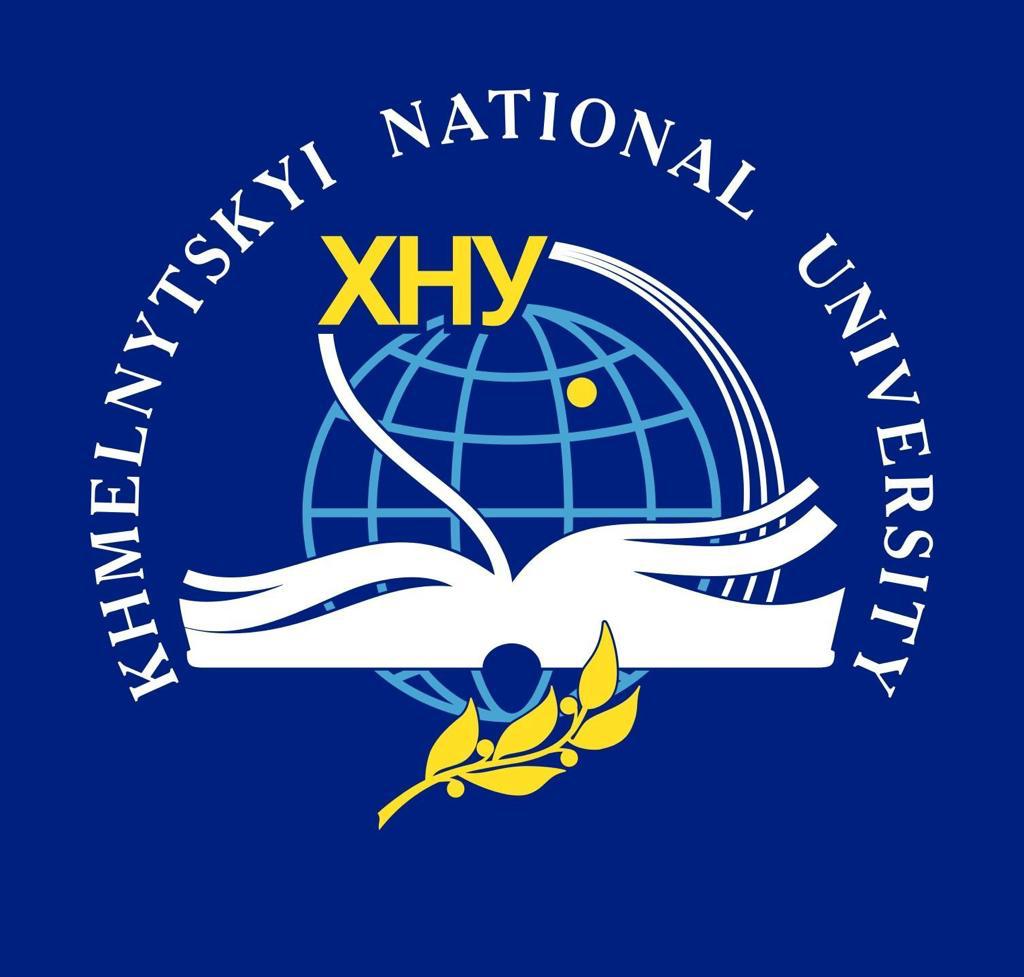APPLICATION OF EXERCISES FOR FLEXIBILITY IN THE PROCESS OF LESSON ARTISTIC GYMNASTICS AT THE STAGE OF INITIAL TRAINING
DOI:
https://doi.org/10.31891/pcs.2024.1.6Keywords:
rhythmic gymnastics, initial training, joint gymnastics, school of movements, static and dynamic exercises, passive and active flexibilityAbstract
Rhythmic gymnastics refers to sports where movements are evaluated by the quality of their performance, and the task of the athlete is to show the ability to control his movements, to demonstrate the ability to combine them into coordination acts of varying degrees of complexity, using static and dynamic performance with maximum manifestation. Young sportswomen must perform amplitude elements in competitive compositions, the essential condition for performing these elements is the presence of significant mobility in various joints. That is why, at the stage of initial training, the requirements for amplitude of movements and basic skills have increased, which are not possible without the development of flexibility.
This work proves the content of flexibility exercises and their targeted application in the structure of educational and training sessions. The application of exercises for the development of flexibility, for the quality training of young gymnasts at the stage of initial training, has been studied. The indicators of the physical fitness of female gymnasts of elementary training were analyzed and the influence of flexibility on the formation of the simplest basic skills of young gymnasts was proven. During the study, it was established that at the stage of initial training, the development of flexibility for sequential mastering must be carried out in three stages: the first stage is joint gymnastics for mastering the elements of "school movements", the second stage is specialized mobility in the joints for mastering basic and profiling elements, the third stage is maintaining the achieved level of flexibility for mastering competitive compositions.
References
Andrieieva O.F. Osnovy khudozhnoi himnastyky: monohrafiia. Kyiv: Molod, 1998. 120s.
Andrieieva, R. Osoblyvosti pobudovy navchalno-trenuvalnoho protsesu yunykh himnastok-khudozhnyts / R. Andrieieva // Moloda sportyvna nauka Ukrainy : zb. nauk. prats. - 2009. – T. 1. – S. 6-9.
Arkaiev L.Ia. Metodolohichni osnovy suchasnoi systemy pidhotovky himnastiv vyshchoho klasu. Teoriia ta praktyka fizychnoi kultury. 1997. № 11. S.17–25.
Balandin V.A. Vikovi osoblyvosti dynamiky pokaznykiv fizychnoho rozvytku, fizychnoi pidhotovlenosti ta psykhichnykh protsesiv ditei 6-10 rokiv u period pidhotovky ta adaptatsii do navchannia v shkoli shestyrichok. Fizychna kultura: vykhovannia, osvita, trenuvannia. 2001. № 3. S.39–42.
Bauzr V.A. Ratsionalne dozuvannia navantazhen pid chas navchannia tekhnitsi rukhiv ditei shestyrichok. Teoriia ta praktyka fizychnoi kultury. 1990. № 11. S.18–21.
Bilokopytova Zh.A. Khudozhnia himnastyka dlia dytiacho-yunatskykh sportyvnykh shkil, spetsializovanykh dytiacho-yunatskykh shkil olimpiiskoho rezervu, shkil vyshchoi sportyvnoi maisternosti. Kyiv: Molod, 1996. 86s.
Zakharova L.M. Pro rozvytok hnuchkosti u yunykh himnastok 7-8 rokiv. Fizychna kultura: vykhovannia, osvita, trenuvannia. 2006. № 4. S.63–65.





